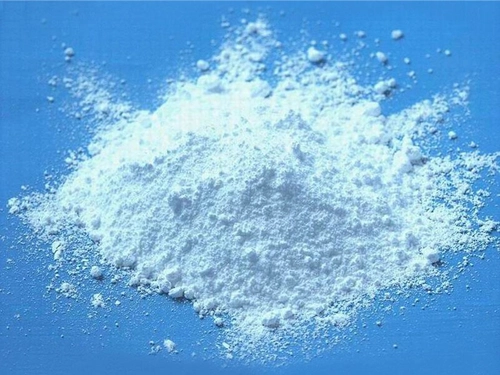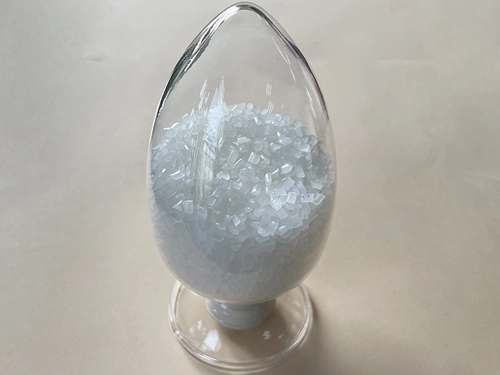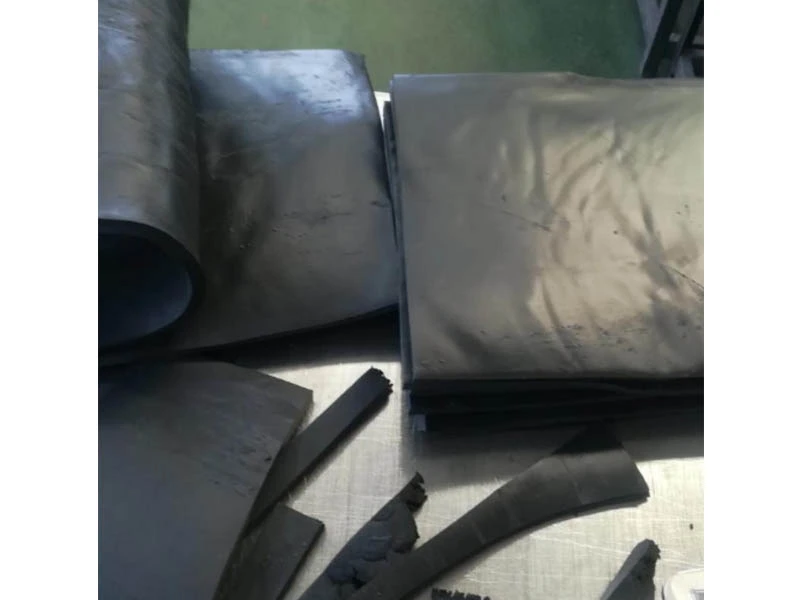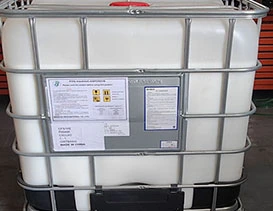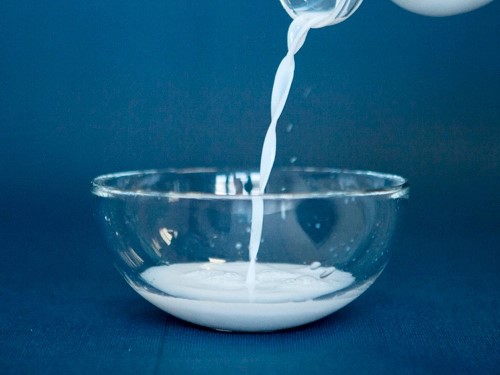About PVDF Pellets
What are Sinof's PVDF pellets? PVDF pellets mainly refer to polyvinylidene fluoride (PVDF) homopolymer or copolymers of vinylidene fluoride with other small amounts of fluorinated ethylene monomers. To understand the structure of fluoroplastics, one must start with Polytetrafluoroethylene (PTFE). By comparing the chemical structure of PTFE, it is not difficult to find that if two side F atoms in PTFE are replaced by H, it becomes PVDF.
Physical Properties of PVDF Pellets
Compared to other commercial fluorothermoplastics, PVDF pellets have the lowest melting point and the highest heat distortion temperature under loading.
Compared to other fluoropolymers, PVDF pellets exhibit higher crystallinity and surface tension properties. PVDF pellets demonstrate low permeability to gases and liquids. The permeability of PVDF pellets is influenced by the degree of crystallinity and the modification of crystalline regions. Compared to ETFE and ECTFE, PVDF pellets have similar characteristics in tensile modulus but lower impact strength. Modification with HFP or CTFE decreases the modulus but increases elongation and impact strength. When exposed to flame, PVDF pellets are non-combustible and do not drip. They are self-extinguishing, complying with TL V0. The oxygen index is 44%. They also possess good ultraviolet resistance.
Types and Applications of PVDF Pellet Products
PVDF has corresponding applications in industries like electronics, chemical equipment, wire and cable, and piping, mainly as sealing, gaskets, and lining materials. The most extensive applications are in high-end functional films such as piezoelectric films, solar backsheet films, and lithium battery separators. PVDF pellets themselves are challenging to form films. To make PVDF pellets into films, other materials must be added—about 30% polymethyl methacrylate (PMMA) as a plasticizer to enhance its film-forming properties. After adding PMMA, PVDF is easier to form films in a molten state.
PVDF Ultrafiltration and Microfiltration Membranes
PVDF membranes for water treatment are divided into ultrafiltration and microfiltration membranes, primarily used for the pretreatment of wastewater and seawater desalination to remove macromolecules, bacteria, sediments, and other impurities. Hydrophobic polyvinylidene fluoride membranes are mainly used for gas and steam filtration and high-temperature liquid filtration. Aqueous polyvinylidene fluoride membranes are mainly used for bacteria filtration in tissue culture media and additives. They are also used in the purification and filtration of solvents and chemical raw materials, sterile processing of reagents, and high-temperature liquid filtration.
PVDF Films
PVDF films for outdoor architecture are primarily used for the protection of glass, exterior walls, and outdoor billboards, with primary functions of aging resistance and abrasion resistance.
PVDF Piezoelectric Films
PVDF piezoelectric film, or polyvinylidene fluoride piezoelectric film, is a new type of polymer piezoelectric material that emerged in Japan in the 1970s. Due to its relatively complex polarization processing technology, only a few advanced countries currently produce it. PVDF piezoelectric film is a flexible, lightweight, high-toughness plastic film that can be made into components of various shapes and thicknesses as needed and can support multifunctional sensing components in combination with microelectronic technology.


